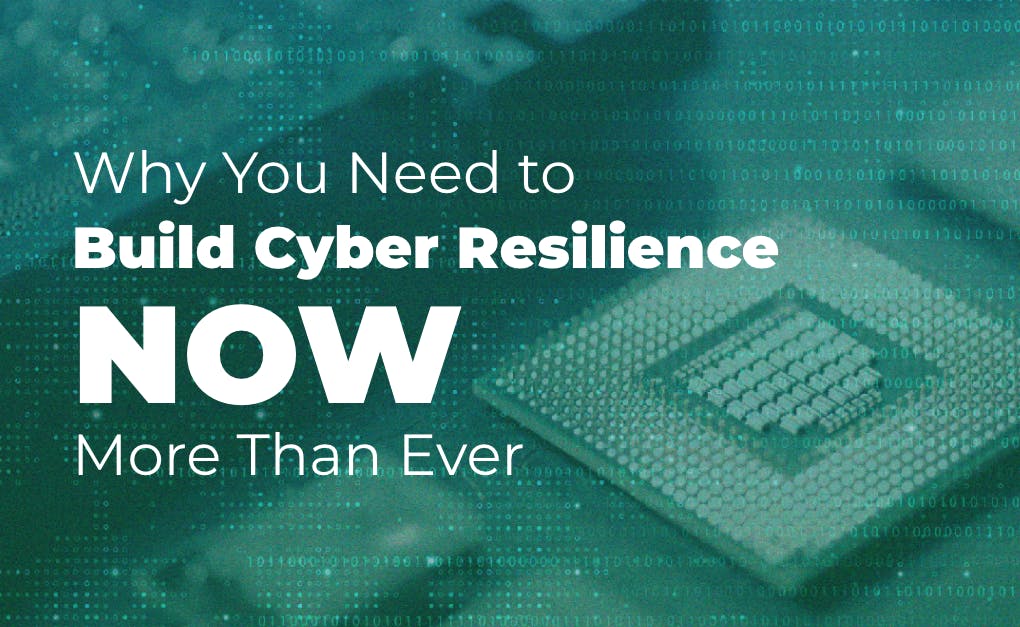The pandemic and the increase in remote work have added to the already steadily increasing digitalization of society. In the past year, we have seen healthcare providers embrace technology through the use of virtual doctor’s visits. Court proceedings have gone virtual, and even industries that have traditionally shunned new technologies have been forced to adapt.
Organizations are leaning heavily on cloud IT infrastructure to fuel this tech trend. An estimated $74.6 billion will be invested in new cloud infrastructure by the end of this year, which will help to address existing challenges. However, increasing reliance on cloud-based data storage also introduces new security issues. This article will delve into the vulnerabilities of traditional cybersecurity approaches in a rapidly evolving cloud-based environment, what this means for the future of cloud security, and how both providers and users can take responsibility for the security of their cloud-based data.
Cloud security: The Next Generation
The cloud has transformed the way businesses operate. It has streamlined processes and enhanced communications and data access within organizations. However, it has also opened the door to new cybersecurity threats, and these threats must be addressed with solutions that are tailored for the cloud. With cybersecurity incidents expected to double by 2025, cloud security is not an area that companies can afford to ignore.
According to the World Economic Forum, less than 0.5% of cyber attacks are detected in the United States. The ability to detect and mitigate threats in real time has never been more important than now. In the past, cloud-based organizations relied on access advisors, cybersecurity consultants, and analyzing cloud audit logs to address threats.
Thankfully, there are new tools that can give organizations deeper insight into their cloud security and empower them to prevent threats. For example, Warden by Horangi allows companies to set up a security platform in minutes and receive instant alerts when threats pop up in their cloud infrastructure.
As the cloud infrastructure grows, so does the need for advanced cybersecurity solutions. However, there is a knowledge gap between the average web developer and cloud-based cybersecurity experts.
Only security professionals who are experts in the cloud can ensure that cloud-based applications remain secure throughout their lifetime. With most developers having less than five years of experience in their field, it’s important to make sure that new applications and databases are designed with high levels of security.
Cybersecurity is Everyone’s Responsibility
Responsibility for the security of data held in the cloud depends on the type of storage used. An organization that utilizes private cloud computing has complete ownership and responsibility for the security of their data.
But for some companies with a public/hybrid/multi-cloud strategy the exact degrees of data management may be unclear. Most parties already believe that cloud data management is a shared responsibility between providers and users.
Cybersecurity experts from Gartner predict that by 2025, 90% of companies with outdated public cloud strategies will inevitably open themselves to avoidable risks. While providers of cloud services must make sure their platforms are secure, enforcing the right policies and controls are also necessary to mitigate cybercrime.
New international cybersecurity laws have been introduced to address the increase in cybercrime and to delegate responsibility for addressing them. In many countries, as soon as a security breach is detected, customers and vendors must be notified in a specific time frame.
In 2021, a new law was signed in the USA called the IoT Cybersecurity Improvement Act, which specifically governed the cybersecurity standards of IoT devices such as Amazon’s Alexa and Google’s Siri. Although it’s good to see that laws are catching up to rapidly developing technology, it makes compliance an even bigger issue for organizations around the world.
Remaining PCI compliantPCI compliant is no longer enough for businesses that rely on the cloud. Addressing security head on is a must for companies who want to preserve their reputation, build brand loyalty and trust, and retain customers. There is no better way of addressing cybercrime than preventing it to begin with.
Traditional Cybersecurity vs. Cloud-Based Cybersecurity
People, and especially businesses, are more aware of cybersecurity today than ever. Protecting your passwords, enabling multi-factor authentication, and checking for SSL security have been ingrained in the daily habits of internet users.
For example, as web developer Nathan Finch from Best Web Hosting Australia notes, it is important to ensure that any hosting provider you use offers SSL for free as part of its services.
“We can't emphasize enough how important it is to look for a web hosting provider that includes free SSL (Secure Sockets Layer) security with their plans,” says Finch. “In some rare instances, you may come across a provider that doesn't offer a free SSL certificate, forcing you to fork out anywhere between $20 to over $200 a year depending on its security level.”
But basic cybersecurity protections such as SSL no longer cut it for online retailers and other businesses who store data on the cloud. Keeping track of workloads and new users can easily become overwhelming in a cloud-based environment. Problems with misconfigurations and over-privileged users can arise that can open doors for cyber criminals.
Having complete visibility of your resources, users, and permissions with real-time alerts is essential for any cloud-based business that wants to be successful and secure for the future.
Conclusion
As the cloud evolves to create new opportunities for innovation, it also creates new opportunities for cyber criminals. Organizations who want to embrace the capabilities of a cloud-based environment must also be willing to face security challenges head-on. Staying informed about your cloud-based infrastructure with real-time alerts and enhanced visibility into workloads and user access is the best way to do your due diligence and keep your data safe in a fast-paced world.
P.S. This blog post was originally contributed by Ms.Shanice Jones. She is a Tech Content Creator, who actively writes for major corporate blogs in the tech sector.




